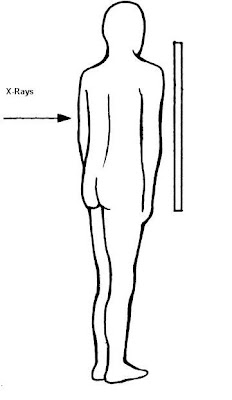Down's Syndrome -- MC 1. Endocardial Cushion defect
2. VSD
3. ASD
Turner's ------------- 1. Bicuspid Aortc Valve
2. Coarctation of Aorta
Noonan's ------------ 1. Valvular Pulmonary Stenosis
2. HOCM
Marfan's -------------- 1. Aortic aneurysm
2. Aortic Disection
3. Left sided regurgitation (AR , MR)
Rubella ---------------- 1. PDA (in term)
2. Peripheral Pulm. Stenosis
Infant of Diabetic Mother - MC anomaly - 1. TGA
2. HOCM
3. VSD
4. Conotruncal anastomosis (Persistent truncus arteriosus)
Pompe's ------------------- 1. Short PR interval
2. Very High volt QRS complexes
Tuberous Sclerosis ----------- Ventricular Rhabdomyomas
Maternal------ Mumps------ Endocardial fibroelastosis
Lithium------- Ebstein Anomaly
Lupus SLE--- Complete heart block in new born
Penicillamine -- Cutis Laxa
William syndrome----------- Supravalvular Aortic Stenosis
HyperCalcemia
Elf like facies










